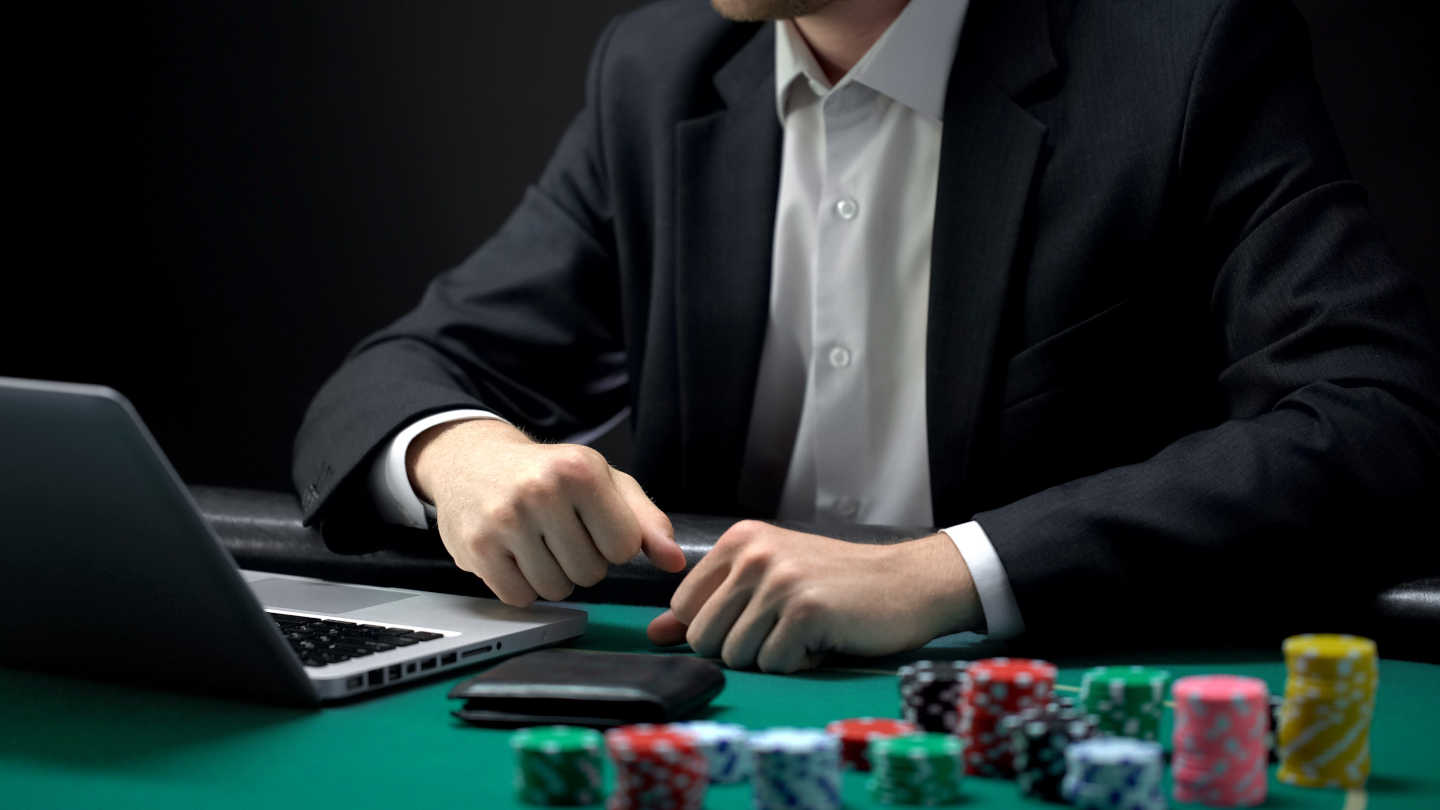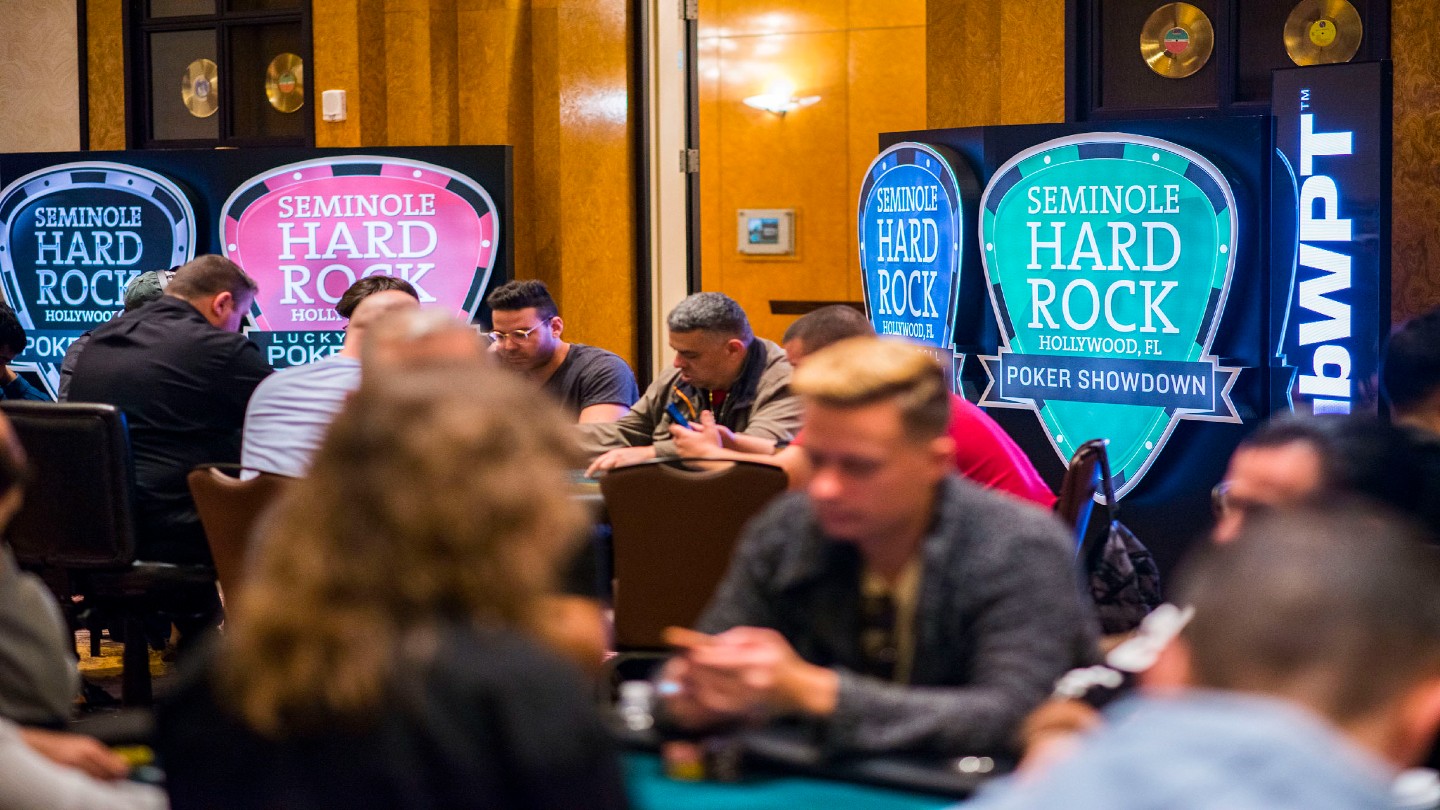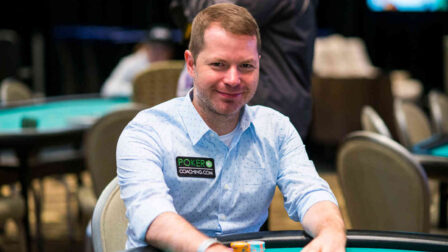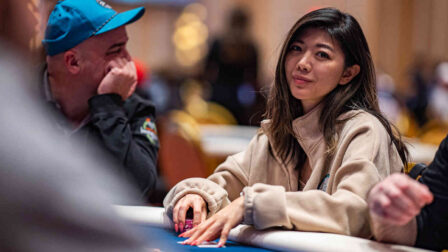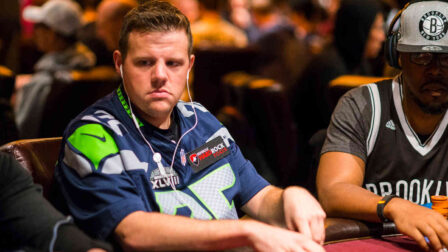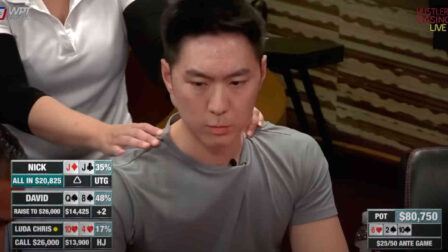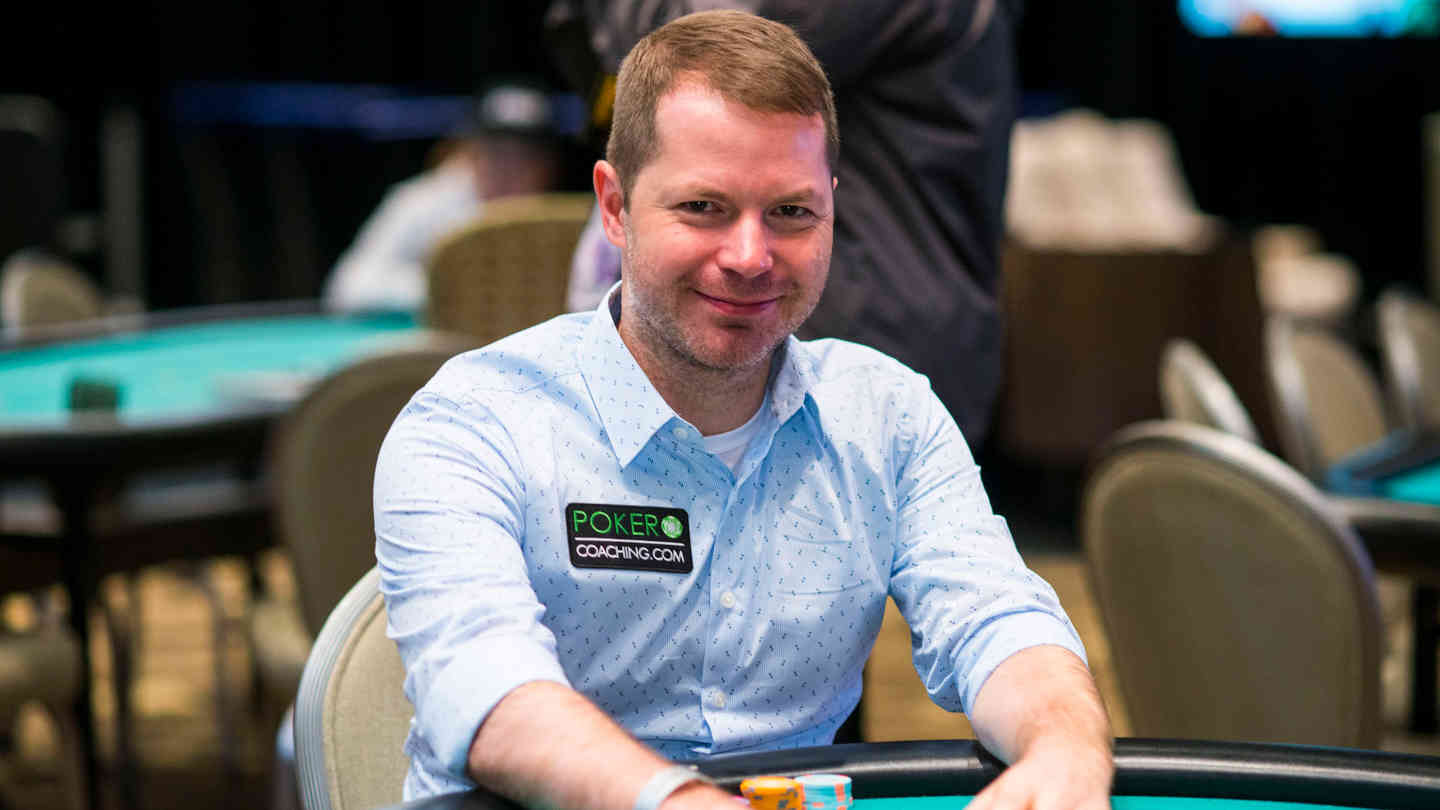Jonathan Little Hand of the Week: How to Slowplay Your Pocket Kings Correctly
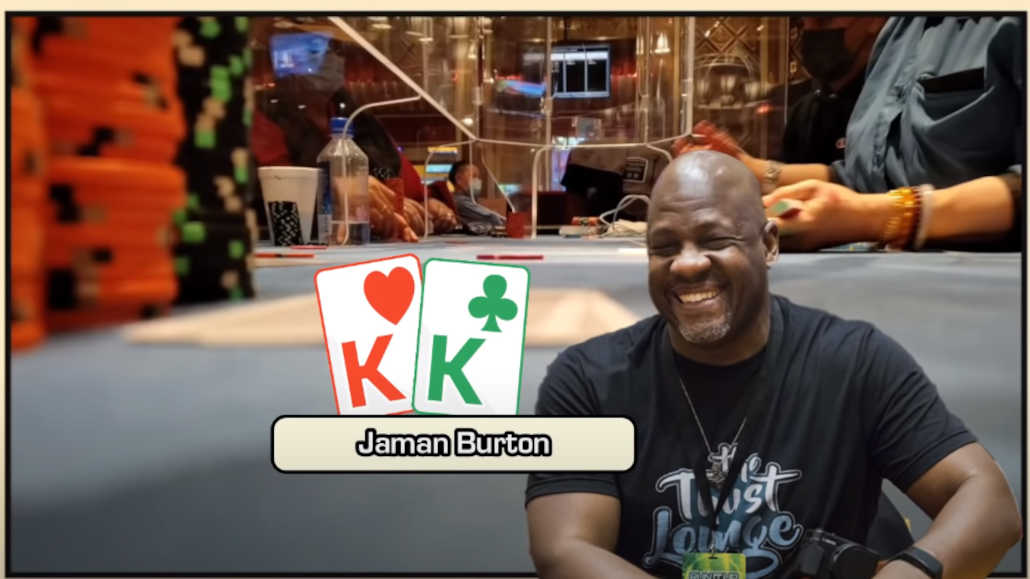
3 minutes
Last Updated: November 5, 2023
If you want to increase your edge at the tables, make sure to get your FREE 3-day pass and check Pokercoaching school.
…
The hand I’ll be analyzing today was played by Jaman Burton, one of my favorite live poker streamers, and it’s certainly an interesting one.
The stakes are $5/$10 and Jaman is fairly deep, with over $2,000 in front of him.
The action begins with a middle position player limping in for $10 and Jaman raising it up to $40 from the small blind with K♥K♣.
What I will say here is that, in live poker, when there is a limper and you want to raise, you should be sizing up your raises, making it 5x or even 6x.
The reason is simple – the limping player has limped with the intention of seeing the flop, so you might as well charge them more for the pleasure.
However, when the action gets back to the limper, something unexpected happens, as he goes ahead and 3-bets to $120!
This is an interesting spot, and the one where many players will think that the 3-bettor very often has exactly pocket aces.
But, without too much information on the opponent, what do you think their limp 3-betting range looks like?
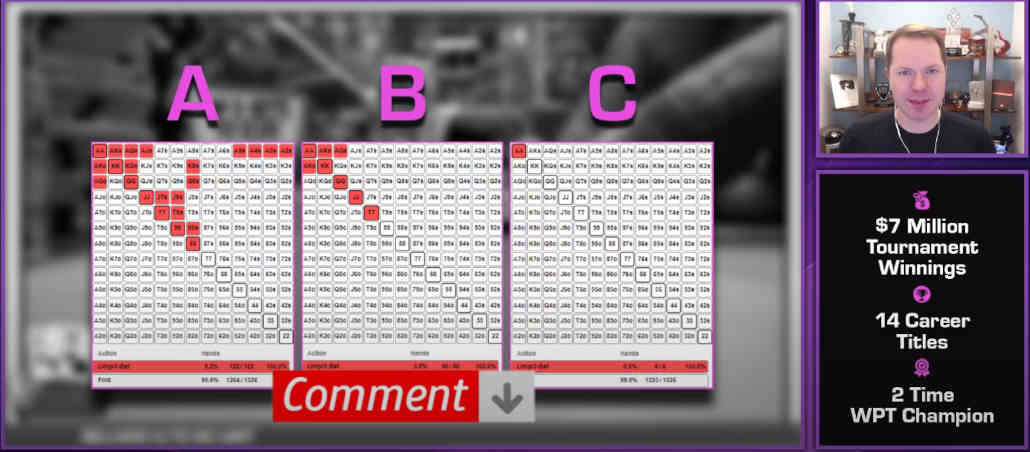
This is one of those scenarios where many players get it in their minds that their opponent has exactly aces, but this is far from the truth.
Depending on their own playing style and on their perception of your style, they can have a much wider range than that.
Jaman eventually ends up calling, accepting the fact that, if the opponent does have pocket aces, they’ll simply lose a big pot. It happens sometimes, but you shouldn’t be afraid of it.
So, I don’t mind the call here, but for the most part, when you have pocket kings, you’ll want to get as much money as possible into the middle.
The Flop
The flop comes 8♠8♥6♣ and Jaman decides to play it in flow and check, which he should do to allow the opponent to continue bluffing with hands like small suited aces.
The opponent checks back, though, and this is a really weird spot for the opponent not to continuation bet. In this spot, they should bet frequently and on the smaller side, but perhaps they don’t have anything and are trying to give up?
The Turn
The 9♠ hits the turn and Jaman now bets out for $130, which is just about half the pot.
Now, this is a spot where I will bet almost always, too, but not because I’m afraid of getting outdrawn, but primarily to try and get value out of hands that might have checked the flop but will call the turn bet, such as pocket jacks and pocket queens.
The opponent calls and it’s time for the final card.
The River
The last card is an interesting one, as it comes 7♠, completing a backdoor flush draw and putting one-liner to a straight on the board.
This is one of those spots where many people go wrong, thinking that their opponent can’t possibly have a straight.
I disagree, because I do think they’ll fairly often turn over a hand containing a ten, like ace-ten suited, or ten-nine suited.
They could also have a random pair of nines or sevens they decided to go crazy with before the flop.
The best play here is to check and evaluate. Alternatively, you could go for a very small value bet of like $100, if you think queens and jacks will call you.
Jaman mentions that he considered going for a check-raise, too, but I think that would be an overplay, as I don’t see what hands that we beat we are hoping to get called by when we check-raise in this spot.
After some deliberation, Jaman ends up checking. The opponent takes his time as well and eventually checks back.
Before watching the video to find out the answer, what do you think the MP player shows up with? The answer will surprise you!






